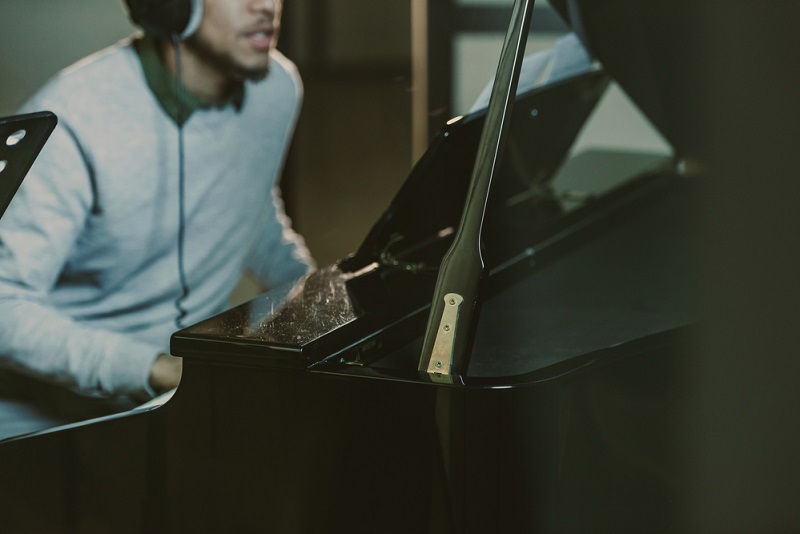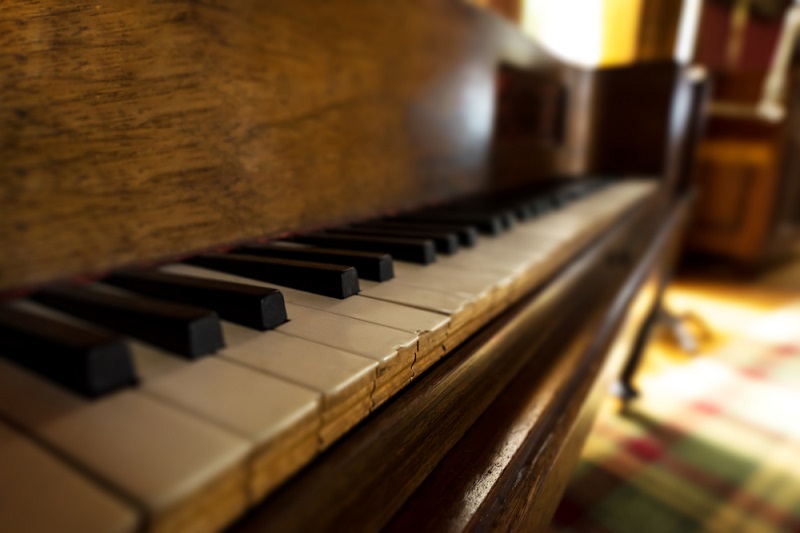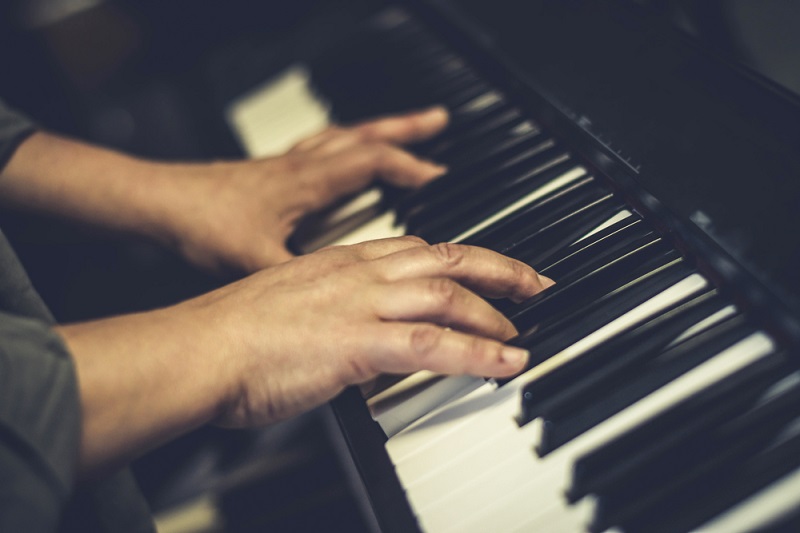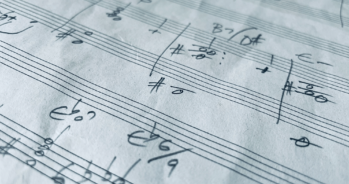One of the most important aspects of piano playing at all levels and in all styles is hand freedom. Even though it is a fundamental ability, it is one that is not without its challenges. However, if you can master piano hand independence, you can become the pianist you want to be.
What does piano hand independence mean?
It is best described as playing the piano with both hands independent of one another. Your right and left hands play completely distinct rhythms and melodies, respectively. This means that one hand is playing particular keys while the other is swiftly going up and down the keyboard, hitting different keys. Even though it is called hand independence, a better name for this skill might be hand integration.
Why is it important to learn how to play with our hands together for a jazz piano lover?
Working on your freedom will improve your piano playing, and it is the only way to properly advance and acquire good form, progression, the ability to improvise freely, and rhythmic independence. Furthermore, if you do not move to hand independence, you may reach a learning plateau, grow bored, and lose interest.
Why do people have challenges when learning to play piano with both hands simultaneously?
Playing hands together has two distinct characteristics that make it exceptionally tough. The first is that when we play the piano with both hands, the right and left hands compete for our limited attention resources. For each hand, we must determine which key(s) to play on the piano and what rhythm to play for each note, as well as other aspects such as dynamics and articulation. It is difficult to focus on everything for both hands because there is only so much attention to go around.
How to develop hand independence for piano?
It takes time to learn to play one thing in your left hand while your right hand plays another, and you cannot shortcut the process. If you are patient and committed, these piano hand independence exercises can help you build hand independence and muscle memory.
Practice each hand separately
Piano hand independence for beginners can be challenging. So, when learning a new piece of music, practice the left-hand section first, and then the right hand. Combine the two hands after you have mastered each one separately.
Practice scales together and in opposite directions
Another exercise for piano practice for hand independence is to choose a scale (example C Major) and position your hands so that your left hand’s little finger is on C3, and your right hand’s little finger is on C5. Play the scale ascending to C4 with the left hand and lowering to C4 in the right hand at the same time.
Play with one hand while the other does something else
Play something easily repeatable with one hand (example C Major arpeggio). Play it in ascending and descending motions and repeat this action. While doing this, use the other hand to do something non-musical like drawing a circle or moving an object around in a pattern.
Practice small sections
One of the most important activities in developing any piano talent is practicing in tiny, achievable parts. Even the most accomplished professional pianists would struggle to make progress if they practiced complete works at once. Divide the work into small segments and practice each one thoroughly before going on to the next. When you study tiny pieces of music instead of trying to practice everything at once, you will be astonished at how rapidly you progress.
Tabletop exercises
There are also handed independence exercises for piano that you can do without a piano. Practice scales on a tabletop. Work on your finger coordination by playing scales on a tabletop. Ascend and descend each hand separately then practice them both together.
Finger drills
Do finger rhythm drills. Starting with your thumb and ending with your small finger, tap all five fingers as if you were tapping the keys from middle C to G. Every third tap, press down hard to form a rhythm with an accent. Ascend and descend. Tap as fast as possible while keeping the rhythm.
Use the non-dominant hand
Another hand independence exercise without a piano is to spend extra time improving your coordination and dexterity with your non-dominant hand to perform tasks such as brushing your teeth, combing your hair, and even writing.
Patience and consistency
It is not always possible to see instant results from piano practice. More crucial than observable growth is consistency. Yes, practicing and not seeing an immediate improvement in talent can be difficult. However, if you practice effectively and appropriately, you will make progress. Your hands will grow increasingly capable of playing in unison with one another as you practice.
The benefits of developing piano hand independence
Hand independence, like everything else at the piano, is simple to fix if you practice the appropriate manner. Allow yourself and your body to be patient with you. All these exercises can help build jazz piano hand independence and blues piano hand independence. Furthermore, you can expect other benefits if you learn to play comfortably with both hands:
- It simply feels good when everything is running smoothly and coordinated.
- When you move with your body rather than against it, you will avoid injuries.
- Playing alleviates stress.
- There are fewer distractions.
- Technical issues will resolve themselves as your body moves more efficiently.
Why is hand independence a never-ending learning process?
It is important to remember that this is not a physical issue. With the correct attentive practice, you can learn to master your hand independence. However, as you gain confidence in your ability to play the piano with two hands independently, you will graduate to more technical pieces that will demand more practice to get both hands working together again.
Congratulations on finishing this guide.
If you found this guide useful share this guide and help spread the word:
Copy this code to link to this guide from your website:
<p>Check out PianoGroove's <a href='https://www.pianogroove.com/blog/jazz-piano-hand-independence-developing-tips-and-exercises/'>Developing Jazz Piano Hand Independence: Tips and Exercises</a>. These tips and exercises are designed to help you develop jazz piano hand independence, which is one of the most important aspects of jazz piano playing.</p>






Leave a reply